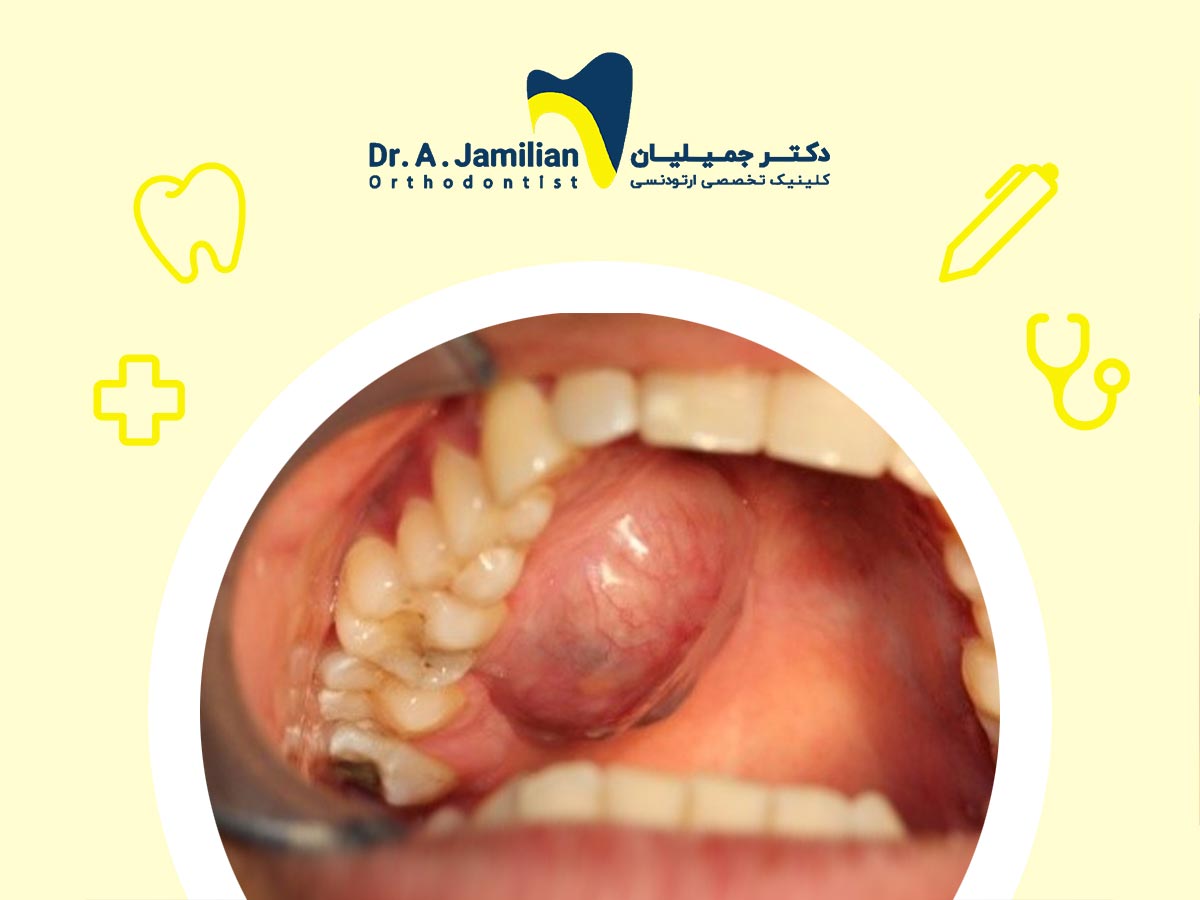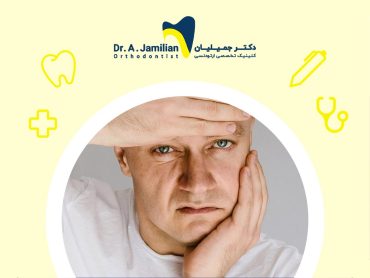There are a variety of reasons for why cysts and tumors get developed. This goes along for any part of our body. To prevent further damage, they must be diagnosed and treated at the correct time. Inter alia, some of them would be developed in our jaw and mouth, which mostly are benign and non-carcinogenic. However, since some tumors are considered as aggressive, they are able to move jaws, teeth and their peripheral tissue. Jaw cysts and tumors either are treated automatically or must be removed by a dentist through surgery. However, before any decision and action it is better to make sure that your dentist is sufficiently experienced in this regard, otherwise they cannot diagnose and treat your oral trauma properly.
Types of Jaw Tumors
A jaw tumor is indeed the unnatural growth of cells in the jaw bone. There are different types of jaw tumors including benign (non-carcinogenic) and malignant (carcinogenic). Depending on the size and tumor location, the jaw tumor symptoms would vary. Some of typical symptoms are pain, inflation, having problems chewing and talking, tooth movement and transformation of jaw or face. In the case of tooth movement or jaw transformation, after treatment of a tumor, the patient needs to visit an orthodontist to correct their jaw and tooth location. Tumors generally are divided into two classes:
1- Benign Jaw Tumors
The benign tumor is indeed a non-carcinogenic growth of cells which occurs across the tissues inside the patient’s mouth. Such tumors normally progress very slowly and without any metastasis an extension to other parts of the body. Although such tumors are not carcinogenic, depending on their locations and size they would develop certain symptoms such as discomfort, pain and other symptoms. Again depending on their type and severity, their treatment methods would vary and include surgery or radiotherapy. In the case of observing an oral tumor, it is important to visit a dentist for a correct diagnosis and proper treatment schedule. Some typical types of benign oral tumors are:
- Fibroma: Fibroma is a benign tumor which can grow in the soft tissue of the jaw. Its treatment normally is removal of tumor through surgery or laser therapy.
- Lipoma: Lipoma is a fatty lump which can grow in all parts of the body. They rarely would develop in the mouth. In general, lipomas are categorized as a benign disorder which grows very slowly and are not carcinogenic.
- Osteoma: An osteoma is a benign tumor usually growing on the surface of jaw bone. Its treatment includes removal of tumor through surgery.
- Ameloblastoma: ameloblastoma is a benign tumor with a slow growth on the lower jaw. In most cases, this tumor can be seen from the edge of the molar teeth and its most preventative type is aggressive which is found in the jaw bone. Its removal through surgery is possible. However, its recurrence is common, as well.
- Central giant cell granuloma: Such tumors in fact are benign traumas who grow on the bone cells and across the frontal part of the lower jaw. It has two types. Type I grows quickly and would recur after surgery and would start to destroy teeth. Type II normally is not aggressive and has no symptoms. Granulomas do not need any treatment and will be removed automatically.
- Odontogenic myxoma: Odontogenic myxoma is a non-carcinogenic and rare tumor which grows slowly on the lower jaw. When its growth is completed, it starts to be aggressive and attacks the jaw tissues and its peripherals until finally teeth would start to move. Odontogenic myxomas often recur after treatment but using more aggressive medical methods including surgery would minimize the possibility of its recurrence. In the case of tooth replacement, orthodontics is required to return the teeth into their original location.
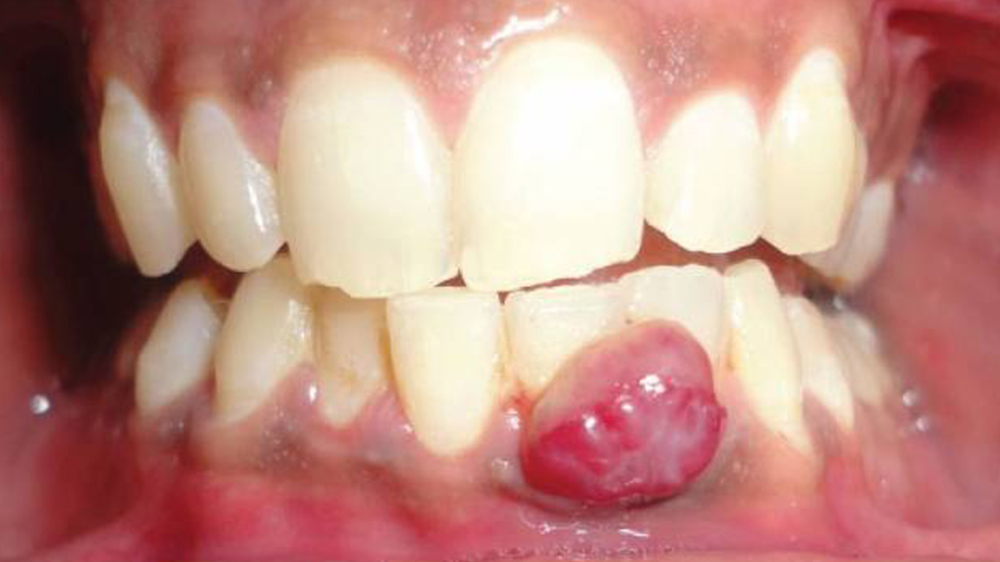
2- Malignant Jaw Tumors
Malignant tumors usually would be developed due to carcinogenic growth of oral cavity tissues such as tongue’s, gums’ and oral cavity’s. Such tumors are able to grow quickly and they can infect other parts of the body via metastasizing to the near tissues and organs via blood and lymphatic system. The symptoms of jaw malignant tumors are stable oral ulcers, having problems in chewing and swallowing, pain and changes in the appearance of mouth and teeth. Osteosarcoma and Chondrosarcoma are two types of malignant jaw tumors which can grow on the jaw bone.
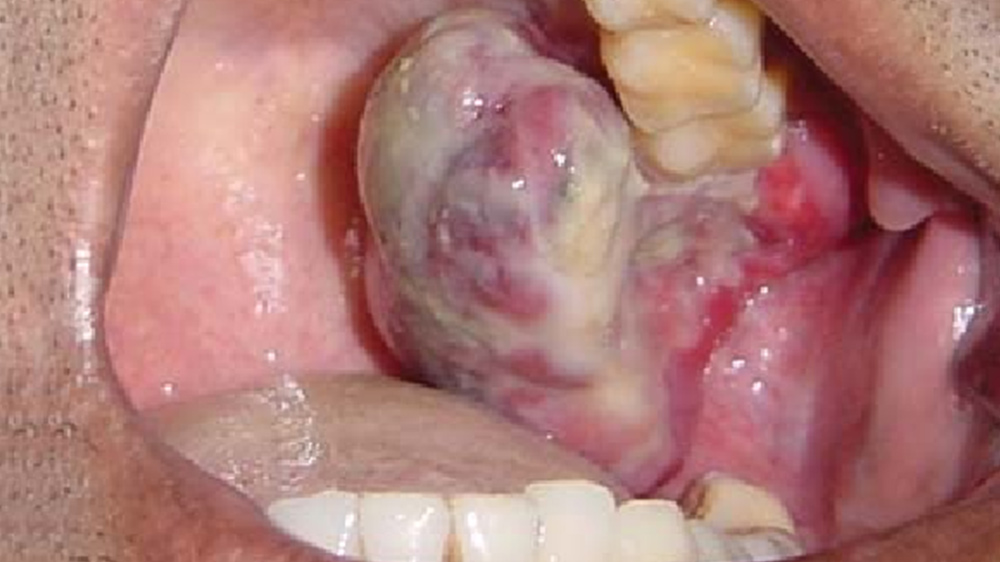
Depending on the specific type and stage of cancer, there are different treatments for the oral malignant tumors. These include surgery, radiotherapy, chemotherapy or targeted therapy or a mixture of them. Premature diagnosis and on-time treatment are vital for increasing the chance of recovery, thus, in case of observing or feeling any sort of stable symptoms in your mouth you have to visit a specialized dentist.
Causes of Jaw Tumors
Jaw tumors most commonly are caused by cells and tissues from the origin of the natural growth of teeth;. However, there would also be some tumors in the jaw whose tissue is irrelevant with teeth and is related to other tissues inside the jaw. You need to know that no cause has been identified for such tumors so far and it seems that they are developed because of genetic mutations and hereditary factors.
A susceptible group to such tumors are people with Nevoid Basal Cell Carcinoma Syndrome (NBCCS) who have no tumor suppressor gene (TSG). This disease is developed by the genetic mutation and would result in odontogenic keratocysts in the jaw and even several dermal cancers.
How to Diagnose Jaw Tumors?
To achieve a correct and timely diagnosis, your specialist dentist initially tries to examine your and your family’s medical history and then they begin the diagnosis process with the help of clinical and physical examinations. Other examinations and tests such as x-ray, MRI, computed tomography, positron emission tomography (PET), CT Scan, biopsy and blood tests would be conducted if necessary.
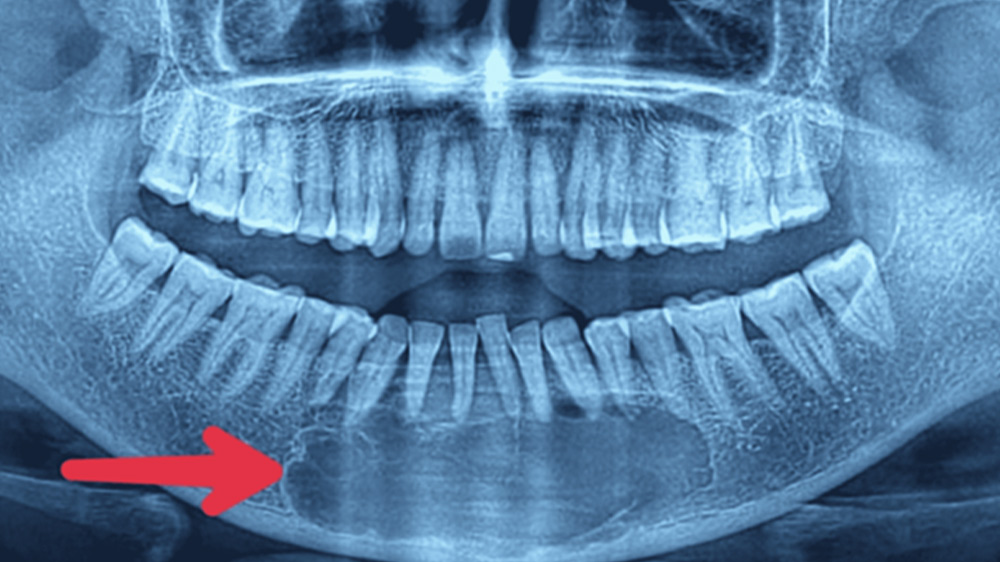
Treatment of Jaw Tumors by Dentists
After reading, If you think you have possible or related symptoms of a dental cyst along with a jaw tumor in your mouth, you have to visit a dentist and ask them to examine you precisely. In most cases they have no symptoms and they only can be diagnosed through X-Ray screening. If the mentioned symptoms are seen in the X-Ray images, your dentist will start more analyses or would refer to a more experienced dentist.
The most important task of a dentist for treating tumors is removing them through surgery. Sometimes, given the extensive destruction caused by such tumors, dentists have no choice but to take the tooth or to reconstruct the jaw bone. This method often is tried by the specialist dentists.
Jaw Tumors FAQ
Tumors in fact are a tissue lump which suffer from an abnormal growth, while cysts are lesions in which there is a mixture of liquid and semi-solid materials.
Cysts mostly can be developed due to the infection caused by a fractured tooth. Others would be caused by a tooth inserted into its neighboring tissue, however, it is impossible to find an exact cause for tumors and sometimes there are genetic roots which must be considered.
